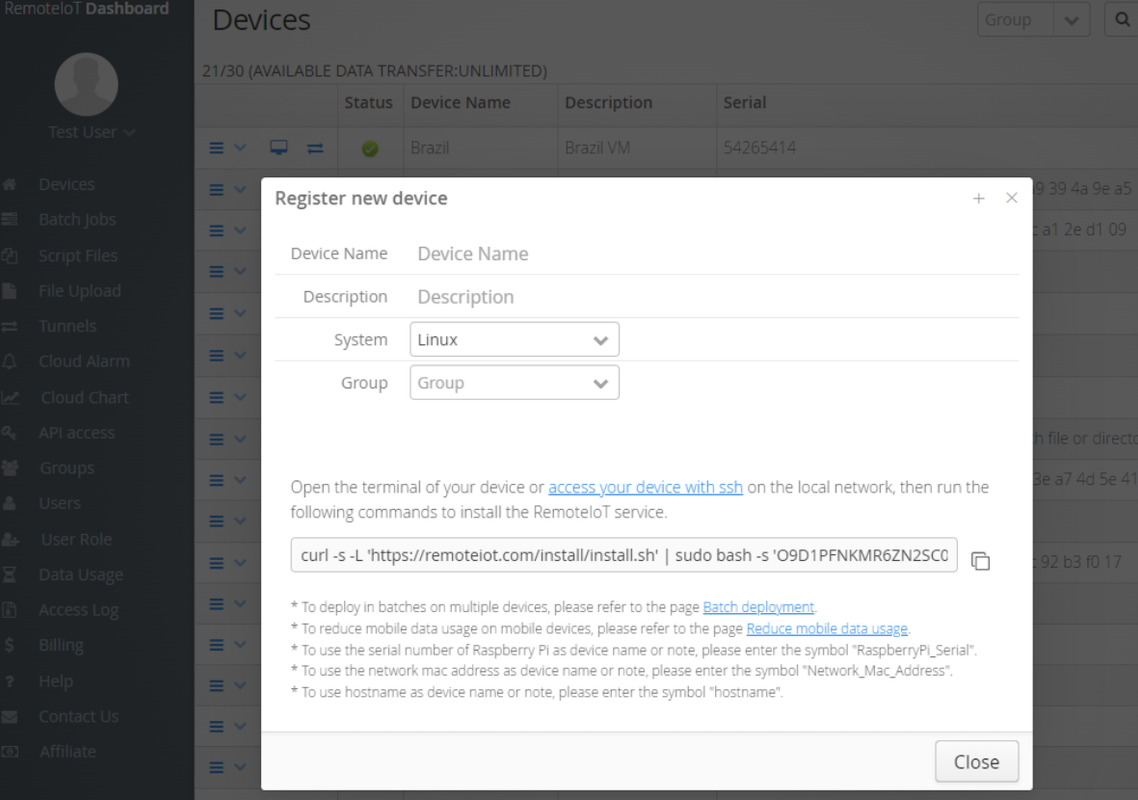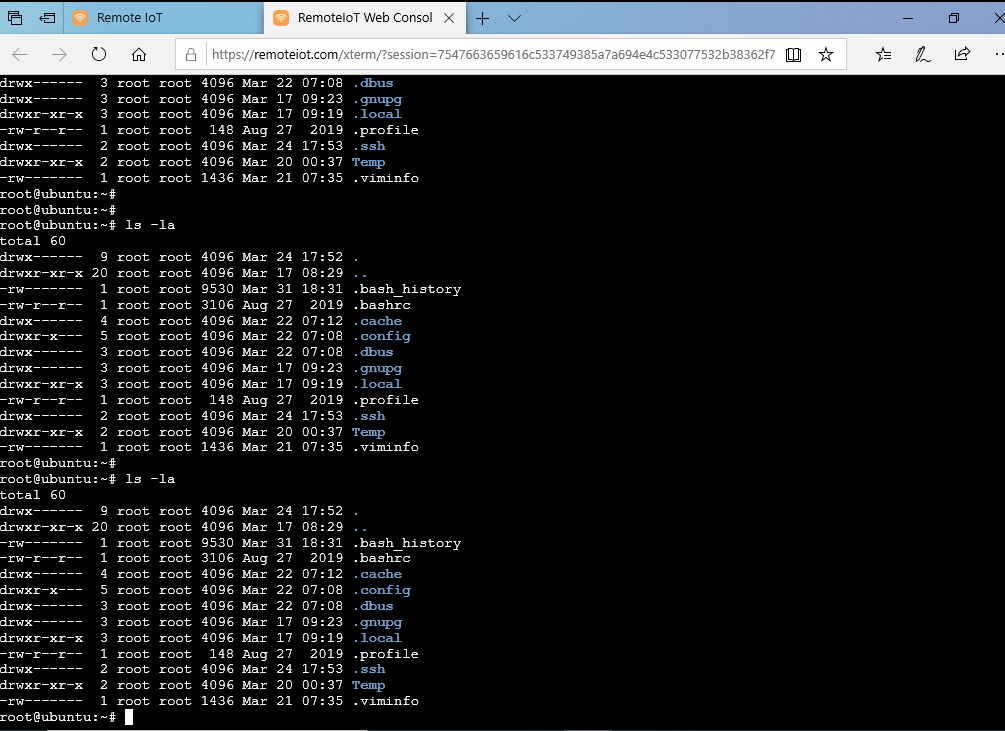A year ago, I found myself in an airport waiting to board a flight while trying to troubleshoot server issues that needed resolving. I didn’t have my laptop; I just had my phone and a tablet with me. I did not download an SSH application, nor could I access any terminals. This is what I was thinking: ‘Surely there is a better alternative to all of this.’ That marked the very first moment in time when I was able to appreciate the notion of being able to SSH in and do so directly from a web browser.
I swear this was the very first time I felt like I had unlocked cheat codes for a sysadmin game.
Web-based SSH might just become your best pal if you ever need to interact with a server or a Raspberry Pi without needing to open a terminal or have any other software pre-installed. I will explain what it is and how to make the best out of it, especially if you are a newcomer.

What does it mean to use a web browser to SSH into a system remotely?
The term means to access the command line interface of a system from a different location, directly from your web browser. You just need to pull a browser tab, add a new URL in the bar, and hit Enter. That’s it, now you can access the terminal.
The underlying wizardry is done by tools such as Shell In A Box, Wetty, and GoTTY. With these applications, you can use a web-based shell interface that allows you to communicate with the server as though you were physically present.
Imagine a Zoom meeting, but instead of meeting many people, you meet one individual you serve in a web browser.
Why Properly Purpose Web-Based SSH?
For those who have SSH configured on their laptops or are familiar with the Terminal, this might feel superfluous. But here’s why it’s super handy:
One-stop access. All you need is a web browser.
Universal accessibility
It doesn't matter if you're using a borrowed computer, iPad, or Chromebook; your servers are still accessible.
Good for teamwork or classrooms. Through a URL, you can give access for collaborative training or set up demos.
Great for emergencies
Such as the time I needed to resolve an issue with a server while in a waiting lounge for a flight that was delayed.
Moreover, for those using web SSH for the very first time, it serves as a far friendlier entry compared to the daunting task of installing clients or setting up keys.
Do Not Ignore Security Warning
The installation of HTTPS poses a significant risk, since you are exposing an online terminal. Adding SSL via reverse proxy Nginx or through Let’s Encrypt is a must.
Don't Beat Around the Bush: What Are the Negatives?
Just like I said, peppering the web with a remote SSH into a web browser can be powerful, but please, do refrain from turning this into a universal use case.
Using ‘less polite SSH over the internet’ with advanced infrastructure may be deemed as controversial. Internal resources for development, academic purposes, and tools are fine, but do consider adding multiple layers of authentication, strict login firewall rules, 2FA, and a myriad of other protections before exposing this in production shell.

Concluding Remarks
Web-based SSH makes server management easier and more flexible. If you are a beginner at using SSH, or simply want a more convenient method of logging in while on the move, remotely SSH in web browser tools are exactly what you need. I still rely on traditional SSH for most of my work, but whenever I am away from my primary setup, and teaching someone new to the command line, web SSH tools simplify things. Explore its possibilities. Experiment with it safely. Find what best meshes with your workflow. And if you’re looking to dive deeper.
 icons at the top right corner of the subsection.
icons at the top right corner of the subsection.